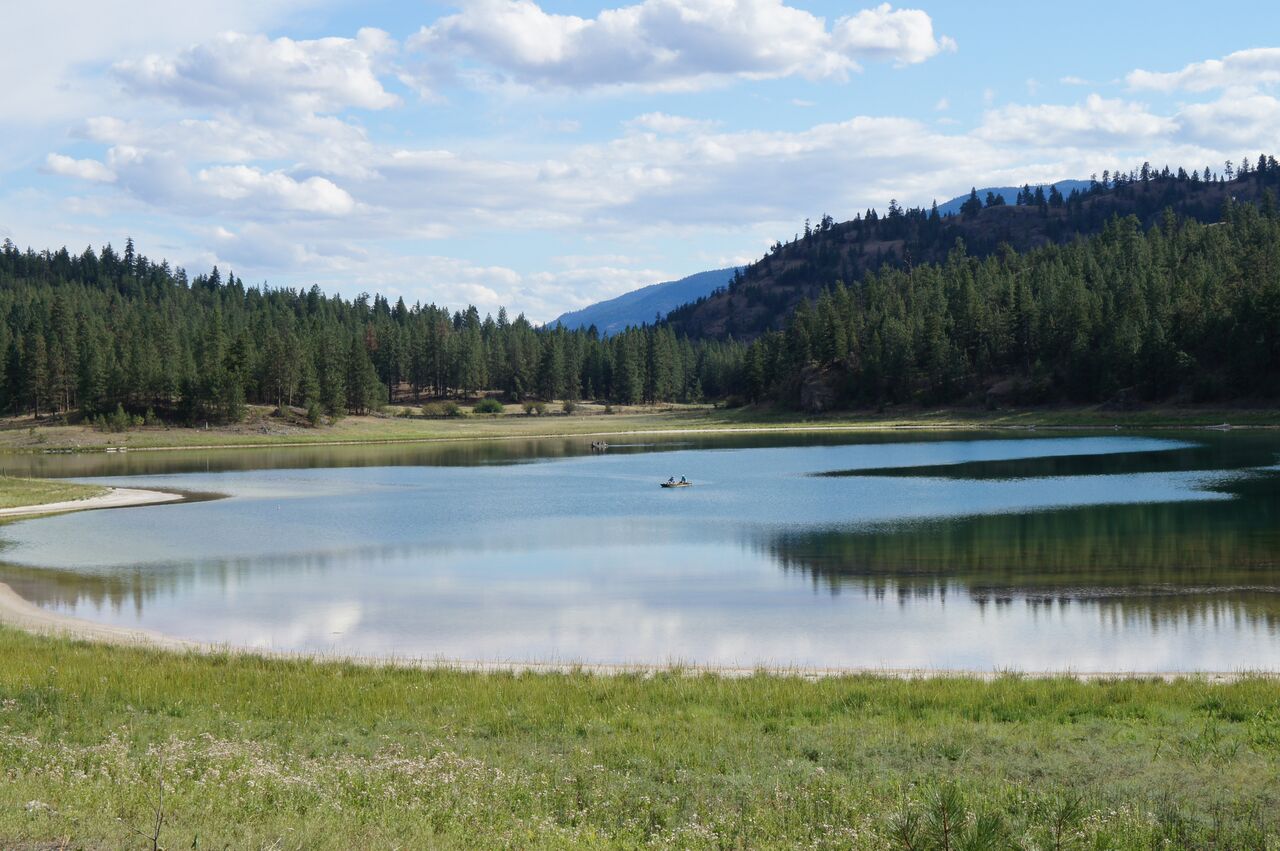-
Below the Chemocline in a Meromictic Lake
June 02, 2016 / Written by: Aaron Gronstal
Mahoney Lake in British Columbia.Metagenomic sequencing has provided new information about understudied populations of microorganisms that inhabit Mahoney Lake in British Columbia at depths where light does not reach. Mahoney Lake is an extreme meromictic system, meaning that the lake contains layers of water that do not mix. There is a great deal of information concerning microorganisms that live in sunlit portions of Mahoney Lake, and similar anoxic systems that contain high levels of sulfate and sulfide in the water column. However, less is known about communities living at depths below the photic zone.
The new study provides insight into the the types of microorganisms living in this region of the water column, and their contribution to chemical cycling in this extreme environment. Studying how organisms have adapted to live in harsh conditions on Earth can provide important insights into the mechanisms that life as we know it might use to survive in extreme conditions on other worlds.
The study, “Carbon and Sulfur Cycling below the Chemocline in a Meromictic Lake and the Identification of a Novel Taxonomic Lineage in the FCB Superphylum, Candidatus Aegiribacteria,” was published in the journal Frontiers in Microbiology. The research was supported by the National Science Foundation. Lead author Trinity Hamilton was also supported in part by the NASA Astrobiology as a NASA Postdoctoral Program fellow. Additional support came from the NASA Astrobiology Institute (NAI) element of the NASA Astrobiology Program.
Source: [Frontiers in Microbiology]
- The NASA Astrobiology Institute Concludes Its 20-year Tenure
- Global Geomorphologic Map of Titan
- Molecular Cousins Discovered on Titan
- Interdisciplinary Consortia for Astrobiology Research (ICAR)
- The NASA Astrobiology Science Forum Talks Now on YouTube
- The NASA Astrobiology Science Forum: The Origin, Evolution, Distribution and Future of Astrobiology
- Alternative Earths
- Drilling for Rock-Powered Life
- Imagining a Living Universe
- Workshops Without Walls: Astrovirology